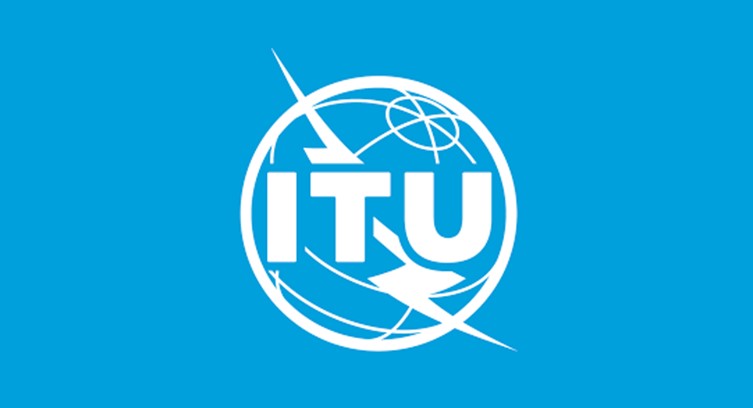Member States of the International Telecommunication Union (ITU) have agreed on revisions to the global treaty governing the use of the radio frequency spectrum, both on Earth and in space, at the close of the World Radiocommunication Conference 2023 (WRC-23) on Friday in Dubai, United Arab Emirates. A total of 151 Member States signed the WRC-23 Final Acts.
Among the decisions, WRC-23 identified spectrum for International Mobile Telecommunications (IMT), which will be crucial for expanding broadband connectivity and developing IMT mobile services, also known as 4G, 5G and, in the future, 6G. That new spectrum includes the 3 300-3 400 megahertz (MHz), 3 600-3 800 MHz, 4 800-4 990 MHz and 6 425-7 125 MHz frequency bands in various countries and regions.
WRC-23 also identified the 2 GHz and 2.6 GHz bands for using high-altitude platform stations as IMT base stations (HIBS) and established regulations for their operations. This technology offers a new platform to provide mobile broadband with minimal infrastructure using the same frequencies and devices as IMT mobile networks. HIBS can contribute to bridging the digital divide in remote and rural areas and maintain connectivity during disasters.
Doreen Bogdan-Martin, Secretary-General, ITU
WRC-23 puts the world on a solid path towards a more connected, sustainable, equitable and inclusive digital future for all. Key regulatory achievements on spectrum for space, science and terrestrial radio services build on the momentum of ITU's ongoing work to achieve universal connectivity and sustainable digital transformation.
Mario Maniewicz, Director, ITU Radiocommunication Bureau
The agreements reached at WRC-23 are a testament to the unwavering spirit of cooperation and compromise among all of our members. Navigating the complexities of spectrum sharing to update the Radio Regulations has helped us forge a path that provides a stable, predictable regulatory environment essential for the development of innovative radiocommunication services for all.
Al Ramsi, Chair, WRC-23; Deputy Director-General, Telecommunication Sector, TDRA
Across the globe, numerous countries, institutions, and companies eagerly anticipate the outcomes of this conference. We have emerged from this conference with significant results that contribute to the advancement of numerous radio services, serving the interests of countries, societies, and humanity at large.






















